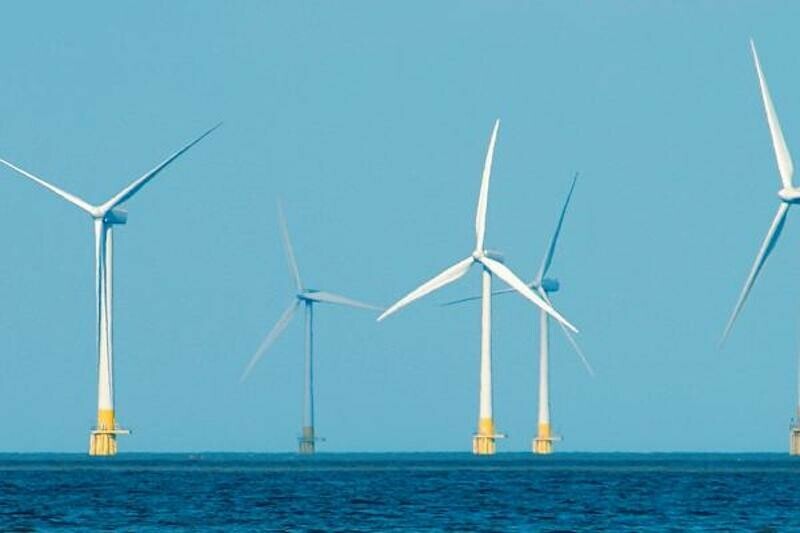Last week, Maryland Gov. Wes Moore signed a package of new clean energy legislation including the Promoting Offshore Wind Energy Resources (POWER) Act of 2023. This law calls for quadrupling the state’s offshore wind generation capacity to 8.5 gigawatts. It will require installing 565 to 708 wind turbines, depending on if they are 12 or 15 MW each.
Maryland is the 42nd largest state with 9,700 square miles. Despite its small size, it has 3,200 miles of coastline with numerous inlets and bays. The state is only 250 miles long, which will result in significant congestion from the wind turbine structures. Today’s offshore turbines usually need one-mile spacing. Eventually, Maryland could have wind turbines stretching the entire length of the coast and two-to-three rows deep. That is not how they will be arranged, however, because there must be channels that allow ships to reach the state’s harbors.
We are reading that the Department of Defense has objections to the proposed Atlantic Coast offshore wind leases planned to be sold by the Interior Department in early 2024. Having seen maps, Bloomberg reported that most of the area in four of the six proposed leases is colored red, meaning turbines there would interfere with DOD operations and training exercises.
This is not the first time that military objections have been raised over a proposed offshore wind farm. In 2001, Cape Wind was to be the first U.S. offshore wind farm. The 130-turbine wind farm was planned for Nantucket Sound off the coast of Massachusetts, which is defined by Cape Cod in the north, Nantucket Island to the south, and Martha’s Vineyard to the west and covers 750 square miles. Cape Wind would have occupied just over 3% of Nantucket Sound.
Nantucket Sound is a tourist destination where influential and wealthy families reside or have summer homes, so opposition to Cape Wind was fierce. The Coast Guard and several DOD units opposed the wind farm over concerns of interference with radar and flight operations in the area.
The current DOD objections to wind leases proposed off the coasts of North Carolina, Virginia, Maryland, and Delaware mirror objections lodged against Cape Wind. The Navy and Air Force have deemed the Atlantic Coast real estate that the Interior wants to lease as “highly problematic.”
Interior cited discussions with the fishing industries, environmental groups, shippers, the wind lobby, and states in the region in selecting lease sale areas. It also considered state and local renewable energy mandates, along with “information on domestic and global offshore wind market and technological trends.” Interestingly, as the Wall Street Journal editorial board mentioned, the DOD was at the end of the parade of those consulted, yet the one with serious objections. Interior has already leased areas directly offshore from the Navy’s largest base at Norfolk, Va., and Virginia Beach, Va., home to Air Force, Navy, Marine Corps, Coast Guard, and NATO operations, and likely over DOD objections.
Putting climate change above national security concerns seems shortsighted. When you have a political agenda critical to election success, the decision becomes easy although not necessarily correct.




